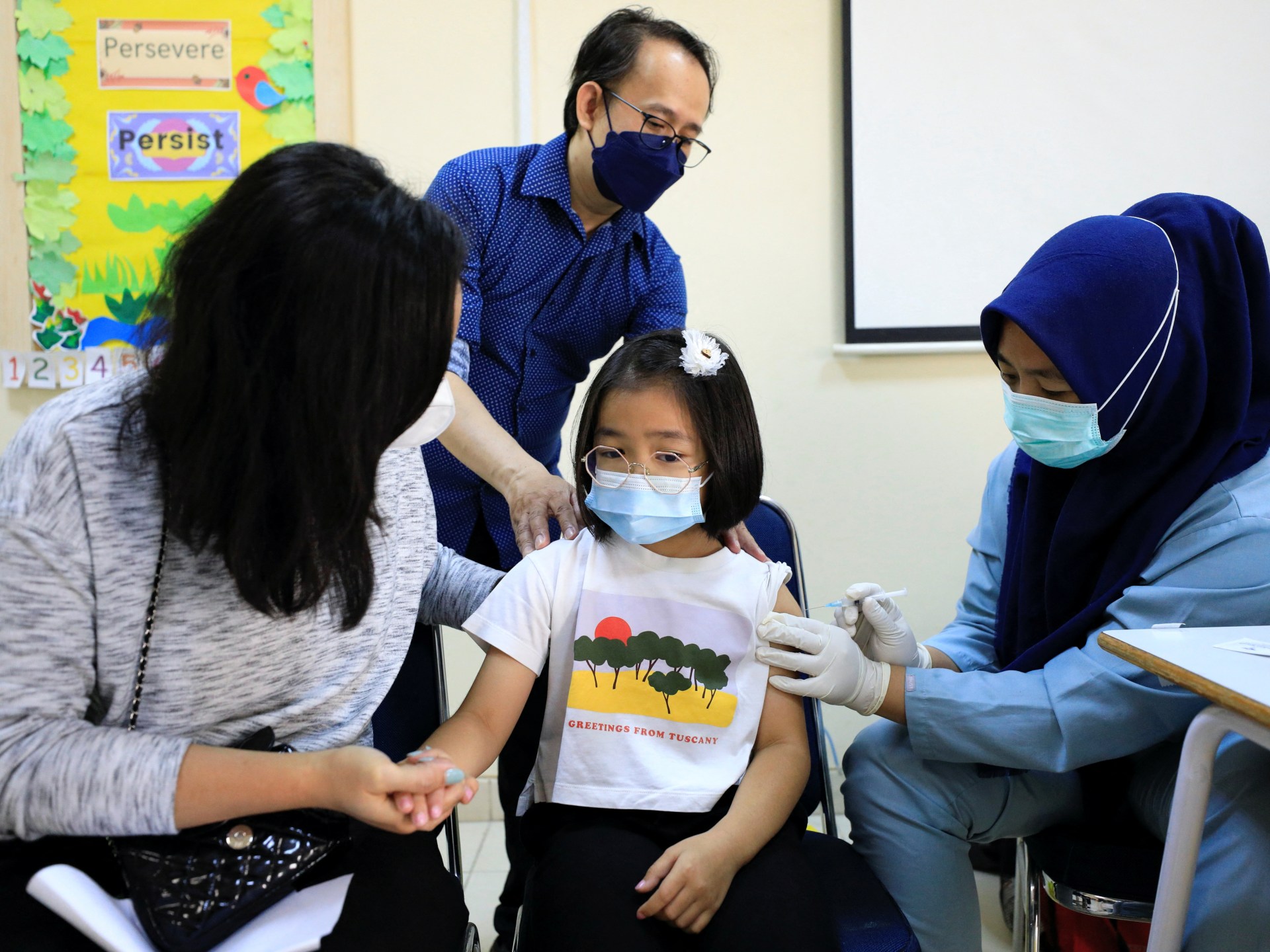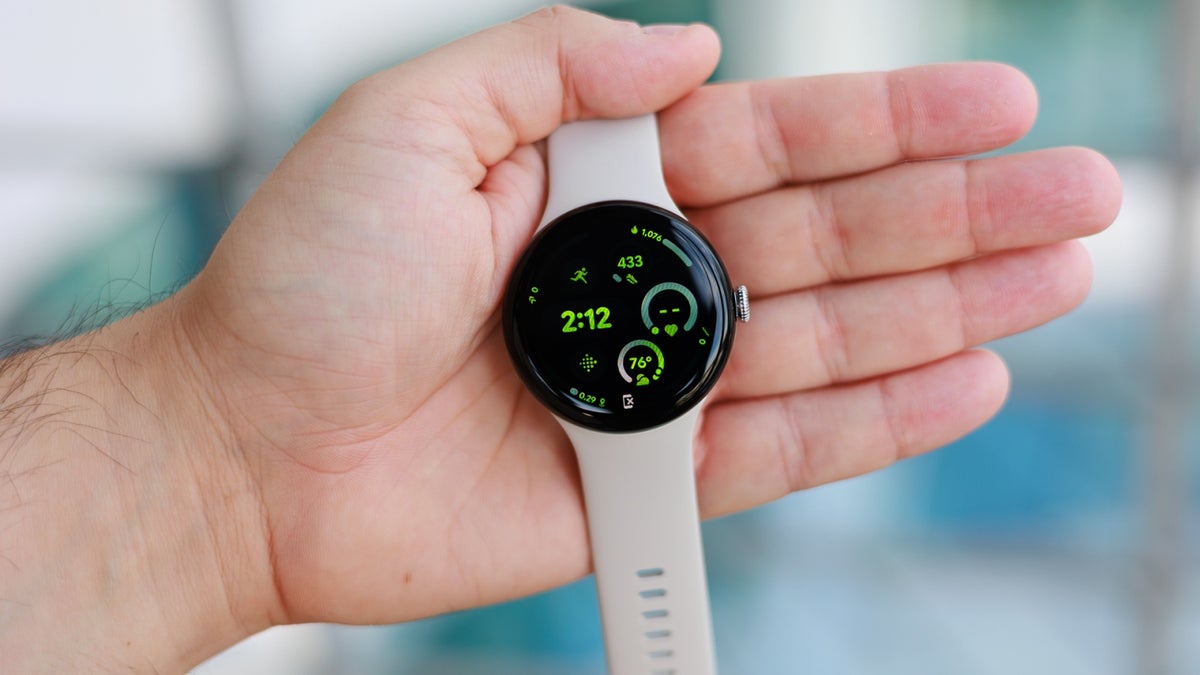Demi Lovato is still feeling that bridal energy. A few months after her viral wedding—the singer married Jordan “Jutes” Lutes in a Santa Barbara ceremony earlier this year, wearing Vivienne Westwood—she’s keeping the good vibes going,…
Author: admin
-

Google Gemini now turns documents into ready-to-use presentations
Google’s Gemini AI is set to make one of the most tedious office tasks a thing of the past — manually turning lengthy documents into slide decks. The company has introduced a new feature within its Gemini Canvas tool that can automatically…
Continue Reading
-

Air Liquide expands its presence in India with the acquisition of NovaAir
Air Liquide announces today that it has entered into an agreement to acquire NovaAir, a leading industrial gas producer and supplier in India, from PAG, an Asia-focused private equity firm. This acquisition represents another investment for the Group in the country and a strategic milestone in its Indian growth story.
Founded in 2019, NovaAir is a full-service industrial gases platform supplying bulk industrial gases, critical specialty gases, and providing onsite services and EPC (Engineering, Procurement and Construction) support to its clients in the key industrial regions of East and South India. The company serves customers in the steel, automotive, fabrication, electronics, photovoltaic and healthcare industries, among others.
The acquisition of NovaAir which is present in the East and South of India complements Air Liquide’s existing operations in the North and West of the country, bringing a large project portfolio managed by an experienced team. Through this operation, the expanded geographical reach will substantially strengthen Air Liquide’s footprint in the industrial merchant market, allowing it to better serve customers in the growing automotive, metals, electronics and healthcare sectors.
This acquisition follows a series of recent investments in India by Air Liquide, underscoring the Group’s commitment to investing in the long-term growth opportunities of the Indian market. Air Liquide has been present in India since 1992 and has solid ambitions in this country. The Group’s operations in India encompass the supply of industrial and medical gases, engineering and construction services, cryogenic equipment manufacturing, medical systems for healthcare and the development of speciality chemical ingredients.
Emilie Mouren-Renouard, member of Air Liquide’s Executive Committee, notably in charge of supervising activities in India, stated:
“This acquisition represents a new step in our development in India. It demonstrates our long-term commitment to supporting the country’s industrial and healthcare development. This acquisition will significantly enhance our capacity to serve customers from small and medium enterprises to large industrial players, across a wider geographic footprint. It is another illustration of the growth potential of the Group.”
Continue Reading
-
Samsung’s first trifold phone may not unfold in the US
Samsung’s first trifold Galaxy has been detailed several times already, with leaked One UI 8.5 builds revealing many of its features. With the Galaxy XR headset unveiling behind it, Samsung should now be gearing up to take the wraps off its first…
Continue Reading
-

Could COVID-19 mRNA vaccines also fight cancer? | Drugs News
The mass-produced COVID-19 vaccines built using the mRNA model – which were rapidly manufactured during the global pandemic – could also help the immune system recognise and attack cancer tumours, new studies have shown.
Studies in mice and an…
Continue Reading
-

Pakistan submits ‘final position’ to Taliban as talks in Turkey enter third day – Firstpost
In their talks in Turkey, Pakistan has submitted its ‘final position’ to the Taliban and sought verifiable action against Tehrik-i-Taliban Pakistan (TTP). The Taliban have asked Pakistan to respect Afghanistan’s borders and not allow…
Continue Reading
-
Radio Pakistan Podcast I Kashmir Black Day I Amjad Iqbal (Senior Journalist) – RADIO PAKISTAN
- Radio Pakistan Podcast I Kashmir Black Day I Amjad Iqbal (Senior Journalist) RADIO PAKISTAN
- On Black Day, president, PM reaffirm support for Kashmiris Dawn
- Pakistan observes Kashmir Black Day to protest Indian occupation of IIOJK The Express…
Continue Reading
-

José Manuel Ochotorena passes away
Real Madrid C. F., its president and Board of Directors are deeply saddened by the death of José Manuel Ochotorena, one of our club’s legendary goalkeepers.
Real Madrid extends its condolences and affection to his family, his teammates and all…
Continue Reading
-

Exceptional new Pixel Watch 3 deal will make you feel like Christmas has come early this year
Released a little too late to top many holiday shopping lists this year, Google’s newest in-house smartwatch has another big problem… apart from all the obvious similarities with…Continue Reading
-

WFW advises Standard Chartered and BOI on Air India US$215m aircraft financing
Watson Farley & Williams (“WFW”) advised Standard Chartered Bank (“Standard Chartered”) and Bank of India, IFSC Banking unit (“BOI”), GIFT City, on the US$215m refinancing of six Boeing B777-300ER aircraft for Air India Limited (“Air India”).
Implementing an innovative structure, the first of its kind in India, this transaction marks the first time a financing for an Indian airline has been structured directly to a borrower in GIFT City, India’s emerging international financial hub, which has not been structured through Ireland.
Lending directly to AI Fleet Services IFSC Limited (“AI Fleet”) – Air India’s GIFT City-based subsidiary – demonstrates significant increase in market confidence and regulatory maturity in India. BOI’s involvement as lender establishes Indian domestic appetite for financing its aircraft and is evidence of the growing role of Indian domestic financial institutions are sure to play in India’s ambitions in aviation. This innovative structure not only streamlines execution but also facilitates Indian domestic participation in a more cost-effective structure.
Standard Chartered is a leading international banking group offering global financial services, whilst BOI is a major public sector bank in India providing a wide range of domestic and international banking solutions.
The cross-border WFW Aviation team that advised Standard Chartered and BOI was led by Singapore Asset and Structured Finance Partner Richard Williams, with outstanding support from Associates May Eng and Rheya Panjwani and Paralegal Lydia Ong. New York law advice was provided by Counsel Maxi Adamski-De Visser and Associate Chloe Sucato.
Richard commented: “The groundbreaking new structure used to complete this transaction sets a precedent for aviation finance for India. Lending directly to AI Fleet with the involvement of BOI represents a strong vote of confidence in Indian aviation and the recently developed regulatory framework in India. Advising on matters of this nature highlights WFW’s market leading footprint in Indian aviation finance. Our thanks go to Standard Chartered, BOI, Air India and AI Fleet for their confidence in us and the other legal professional advisors, whose collaborative approach was essential in closing this transaction”.
Continue Reading
